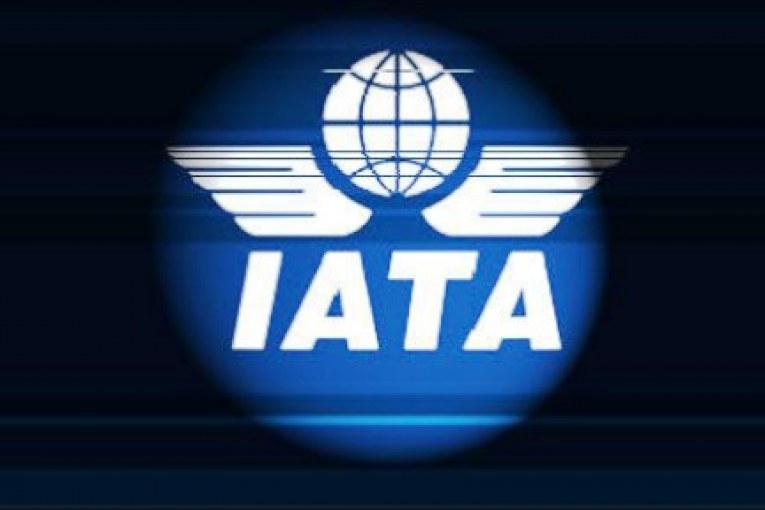
aTP- Arab tourism portal News- Montreal – The International Air Transport Association (IATA) released data for the 2016 safety performance of the commercial airline industry.
The all accident rate (measured in accidents per 1 million flights) was 1.61, an improvement from 1.79 in 2015.
The 2016 major jet accident rate (measured in hull losses per 1 million flights) was 0.39, which was the equivalent of one major accident for every 2.56 million flights.
This was not as good as the rate of 0.32 achieved in 2015 and was also above the five-year rate (2011-2015) of 0.36.
There were 10 fatal accidents with 268 fatalities. This compares with an average of 13.4 fatal accidents and 371 fatalities per year in the previous five-year period (2011-2015).
The 2016 jet hull loss rate for IATA member airlines was 0.35 (one accident for every 2.86 million flights). While this outperformed the global hull loss rate, it was a step back from the 0.22 accidents per million flights achieved by IATA members in 2015.
“Last year some 3.8 billion travelers flew safely on 40.4 million flights. The number of total accidents, fatal accidents and fatalities all declined versus the five-year average, showing that aviation continues to become safer.
We did take a step back on some key parameters from the exceptional performance of 2015; however, flying is still the safest form of long distance travel.
And safety remains the top priority of all involved in aviation. The goal is for every flight to depart and arrive without incident. And every accident redoubles our efforts to achieve that,” said Alexandre de Juniac, IATA’s Director General and CEO.
Strong Progress in Africa
In 2016, Sub-Saharan Africa had its best performance within the last decade, with zero passenger fatalities and zero jet hull losses. The all accident rate was 2.30 per one million departures, compared to 9.73 for the previous five years.
The continent also saw continuing improvement in turboprop safety, with a turboprop hull loss rate of 1.56 (85% lower than its 2011-2015 yearly average). There was one non-fatal turboprop hull loss.
“Sub-Saharan airlines delivered a very strong performance in 2016. But we must not rest on this success. Safety is earned every day. The lesson in Africa’s improvement is that global standards like the IATA Operational Safety Audit (IOSA) make a difference. African nations should maintain this strong momentum by making IOSA and the IATA Standard Safety Assessment (for those carriers that are not eligible for IOSA) a part of their airline certification process. Regional governments also need to accelerate the implementation of ICAO’s safety-related standards and recommended practices (SARPS). As of year-end 2016, only 22 African countries had at least 60% SARPS implementation,” said de Juniac.
The 33 sub-Saharan airlines on the IOSA registry performed nearly twice as well as non-IOSA airlines in 2016 in terms of all accidents and performed 7.5 times better than non-IOSA operators in the 2012-2016 period.
IOSA
In 2016, the accident rate for IOSA members was nearly twice as good as for non-IOSA airlines (1.25 vs. 2.36) and it was more than three times better over the previous five years. IOSA has created a standard that is comparable on a world-wide basis, enabling and maximizing joint use of audit reports. All IATA members are required to maintain their IOSA Registration. There are currently 413 Airlines on the Registry of which 144 are non-IATA Members: This is an additional testament to IOSA and its role. In 2017, IOSA will be strengthened and transformed into a digital program.
Addressing the Primary Causes of Accidents
As stakeholders work to address the issues discussed above, it is important that the industry dedicates resources to areas that data show will have the biggest impact in reducing the risks of an accident. In 2016, efforts continued to reduce operational risk, with the focus on loss of control in flight (LOC-I), controlled flight into terrain (CFIT) and runway excursions (RE).
Six-Point Safety Strategy
IATA’s Six Point Safety Strategy is a comprehensive data-driven approach to identify organizational, operational and emerging safety issues:
Reducing operational risk such as LOC-I, CFIT and RE
Enhancing quality and compliance through audit programs
Advocating for improved aviation infrastructure such as implementation of performance-based navigation approaches
Supporting consistent implementation of Safety Management Systems
Supporting effective recruitment and training to enhance quality and compliance through programs such as the IATA Training Qualification and Initiative
Identifying and addressing emerging safety issues, such as lithium batteries and integrating remotely-piloted aircraft systems (RPAS) into airspace.
View insights on 2016 Airline Safety performance from IATA’s Senior Vice President, Safety and Flight Operations, Gilberto Lopez Meyer








